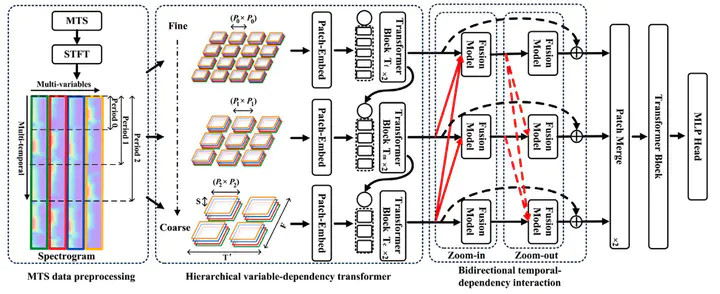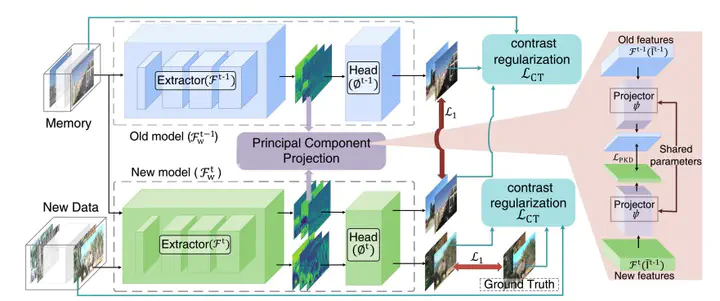We're Vision Intelligence Research Group
Take a look at what we're working on…
We are an academic research group focusing on Artificial Intelligence for Embodied Intelligence,Spatial Intelligence,AI4Medicine.
We are an academic research group focusing on Artificial Intelligence for Embodied Intelligence,Spatial Intelligence,AI4Medicine.
Vision & Intelligence Group 研究项目


欢迎来自世界各地的访客 | Welcome visitors from around the world
🌐 3D 交互式地球仪显示全球访客实时分布
📍 每个光点代表一位访客的地理位置
🖱️ 可以拖动旋转地球仪,查看不同角度的访客分布
📊 实时记录访问统计和地理位置信息
3D Globe Widget 由 MapMyVisitors 提供